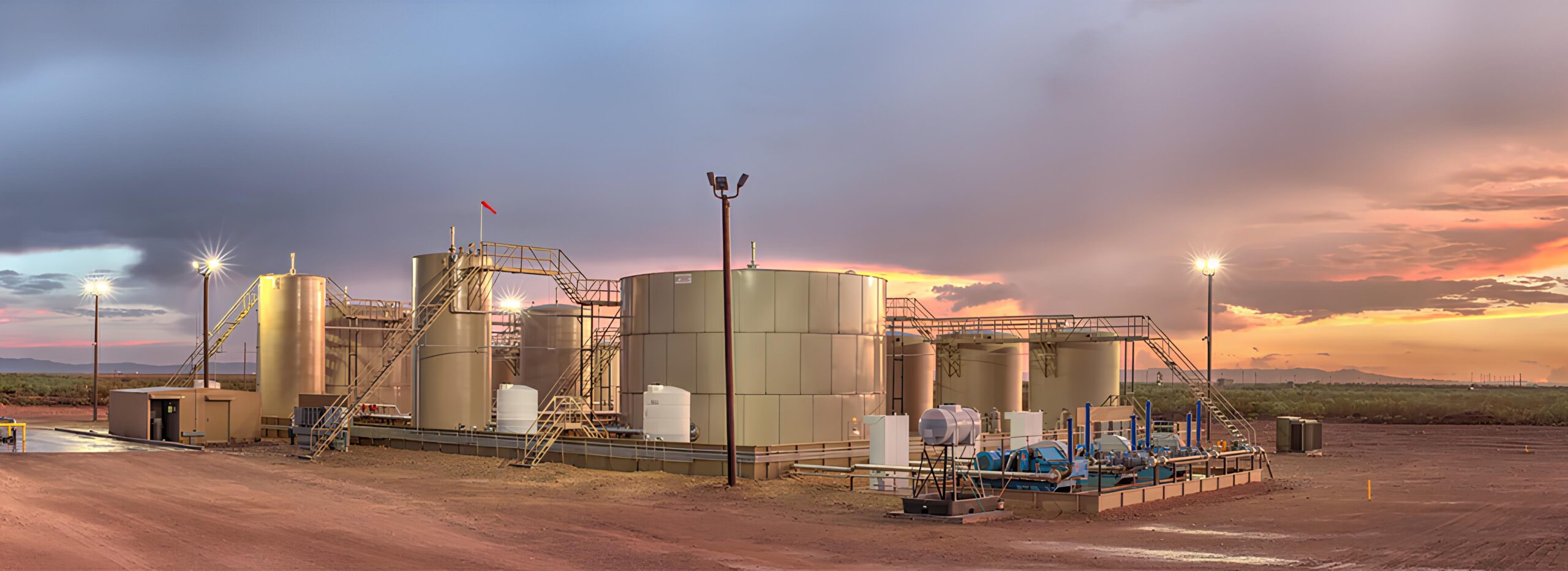By Bret Sumner & Jacob Everhart
The Big Beautiful Bill or the Reconciliation Act of 2025 (the Act) (House Resolution 1), contains an important provision for upstream oil and natural gas operators on federal lands. This provision directs the Bureau of Land Management (BLM) to draft a rule authorizing commingling of production from diverse mineral ownership (federal and fee, federal, state and fee, etc.).[1] Historically, the BLM has not allowed this type of commingling approval, much to the detriment of operations and development planning, particularly in New Mexico, Wyoming, and North Dakota.
The Department of the Interior is fast-tracking the proposed regulations to implement the commingling provision of the Act. The proposed rule is expected to be published in the Federal Register within approximately the next seven business days. The proposed rule will be open to a formal public comment period upon publication. After the close of the public comment period, the BLM will analyze and respond to comments and finalize the rule for issuance.
Upon publication of the final rule, the rule will apply in full force and effect. It is estimated that this process will take approximately 2-3 months to complete, depending on the level of public feedback received from industry and from other stakeholders. In the meantime, it is likely that the BLM will begin issuing interim guidance to BLM Field Offices while the rulemaking process is ongoing.
Overall, the intent of the legislation is to authorize the BLM to approve the commingling of diverse mineral ownership interests. Similarly, the legislation is intended to address and provide for “shrink”—defined as extraction loss—that occurs between allocation points and the point of sales (“Facility Measurement Point or FMP”).
The commingling of diverse ownership interests will allow for significant reductions in business and operational costs (e.g., reduction in redundant facilities) and would also provide for substantial environmental benefits in the form of a significant reduction in surface disturbance (up to 85% reduction in footprint) and an overall reduction in air emissions, due to enhanced ability to centralize facilities.
To obtain diverse mineral ownership commingling approval, the legislation requires operators to utilize an allocation method that achieves volume uncertainty levels within (+) 2% during the production phase. However, this metric would not apply to established allocation meters or allocation method standards (e.g., manufacturer or regulatory specifications or proving requirements). The 2% volume uncertainty limit will only apply to the space between the allocation point and the sales point (FMP).
This metric is intended to function as a “pad balancing” factor between the allocation point (allocation meter or allocation method) and the sales point (FMP) designed to allow for an average monthly reporting tolerance. The goal of this component in the legislation is to address a long-standing concern regarding measurement accuracy for purposes of royalty reporting.
The legislation states that as a prerequisite to diverse mineral ownership commingling, operators shall “install a measurement device for each source…or use an allocation method…that achieves volume measurement uncertainty levels within + 2%.” This is intended to:
(1) provide for allocation meters or methods that are not FMPs, provided that
(2) the determined volumes between the allocation point and the sales point (FMP) do not vary by more than + 2%.
These components of the legislation provide for the reality of shrinkage, which are expected to be de minimis and far outweighed by the benefits of commingling production to the taxpayer, the operator, and the environment.
The forthcoming BLM implementing regulations will represent a strategic and well-reasoned policy shift that will streamline approvals for commingling production across different mineral ownerships, thereby reducing costs, surface disturbance, and emissions. By allowing flexibility in allocation methods while imposing a reasonable uncertainty threshold, the legislation balances operational efficiency with the agency’s longstanding emphasis on accountability in federal measurement practices.
For more information, please contact Bret Sumner or Jacob Everhart.
[1] H. R. Res. 1, 119th Cong. (2025) Title V Sec. 50101(q).



